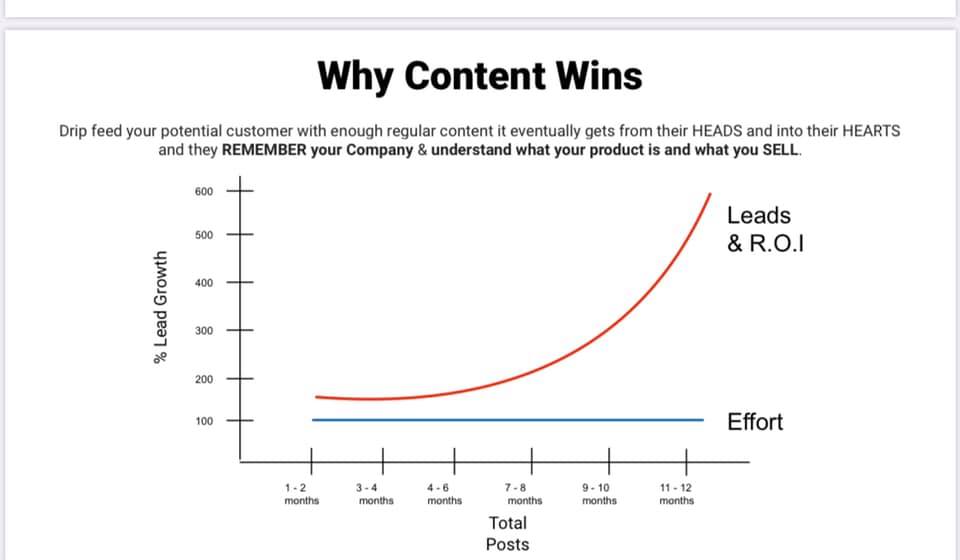To promote or not to promote: The best content strategy in the midst of a crisis
Contributors are not employed, compensated or governed by TDM, opinions and statements are from the contributor directly

With the rapid increase of reported cases of coronavirus reaching more than 100,000 and resulted to over 4,000 deaths so far, people took several steps back down Maslow’s hierarchy of needs and consumerism took a backseat to survival.
Our desire to travel is dampened by lockdowns and travel restrictions and fear of infection. Because of the coronavirus, thousands of flights were cancelled, hotels suffer low occupancy rate, few go onboard a cruise, some attractions are closed, and travel agents lose money.
When it comes to marketing, there are two very opposite trains of thought out there in the market place.
STOP all marketing activities, or
With sales decimated to nothing, companies want to save money by stopping all promotions. Some think that promotion at this time is futile for there are fewer customers saving the budget for later.
Travel companies also have this “wait-and-see” attitude. Coronavirus outbreak is still on its peak. If the recovery from this novel coronavirus follows a similar timeline to SARS, many are predicting that retail will start getting back to normal in April and May, with a full rebound in June with help from the annual 618 shopping festival.
BE AHEAD of the competition
Surprisingly, there are those companies who think far ahead and continue with their marketing campaigns. Planning and executing one’s content strategy during a crisis so that by the time the market picks up, your company will be ahead of your competitors.
During this time, people having more free time to kill. This year, with people being confined to their homes for weeks on end due to the virus, internet usage is going up. In China, according to QuestMobile, daily time spent with mobile internet rose from 6.1 hours in early January to 6.8 hours during Lunar New Year. It rose even further to 7.3 hours after the holidays when workers were placed in self-quarantine.
Why Native Content?

One way to increase your online presence is through native content, which is a type of marketing where in a paid ad matches the look, feel and function of the media format in which they appear. Native content is a great alternative to display ads. With the rise of social media platforms, native content is one of the best ways for brands to reach online consumers. According to a report by Dedicated Media, native content and advertising generate an 82% increase in brand lift.
The primary objective of native content is to convey brand messages organically, in a non-intrusive way. Success is based on relevancy, engagement, and shareability. Traditional marketing uses “interruption” like pop-up ads, strategic placement of ads, and other in-your-face forms of advertising, which proved to be ineffective as approximately 200 million people installed ad-blocking software worldwide to combat display ads. Native content is the best way to get around ad-blocking programs.
Native content also bested press releases sent to all media outlets. Here are the three advantages of the former:
It is original – Native content is an “unduplicated” original content with carefully researched and embedded long-tail keywords. This is important as Google downgrades duplicate content.
It includes subtle promotion – Since native content follows the format and style of the website it appears to, readers are oblivious that they are reading an ad.
ROI increases over time – Once published, it sits in Google FOREVER and is working for the brands 24/7! Therefore when people search for information about the brand, they will stumble across the content.
These are challenging times, but all crises pass. With people spending so much time online, this is an excellent opportunity to concentrate on building brand equity by engaging with consumers and providing them with quality content.
Want to learn more about Travel Daily’s native content offerings? Send us a message at gary@traveldailymedia.com.


Comments are closed.